The Archibald 2018 – What’s in a name? A commonly held misapprehension is that the Archibald Prize is primarily an art exhibition, one which sets out to show the best of Australian portraiture. Art critics, like well-trained Pavlovian dogs, invariably rise to the bait, denounce the exhibition as the worst Archibald ever and compete for clever derogatory rejoinders targeted at the selected finalists. While the crowds, like herds of happy lemmings, flood into the gallery despite the hefty admission charges. It is a win-win situation, the gallery makes a healthy profit on a low-cost show plus (what has now become) a huge dividend on ‘renting out’ the Archibald finalists to regional art galleries. This year they will be going to Geelong, Tamworth, Orange and Lismore, each gallery expecting to double their annual attendance figures compared with non-Archibald years. The public generally love it, as they gaze on the faces of the rich, famous or the simply obnoxious, knowing that there is no arcane profundity accessible only to the cognoscenti and that their opinion is as valid as anyone else’s. Instead of thinking of the Archibald as an art event, it is more accurate to describe it as a sociological phenomenon – something to be studied and observed, rather than judged and criticised. When you pause to think about it, the mechanics of the Archibald border on high farce. Many hundreds of hopefuls pay their $50 application fee in the hope to win the $100,000 prize. They then arrange the delivery of their paintings to be viewed for selection by the Trustees of the Art Gallery of New South Wales (an appointed body of citizens known for their deep pockets but not for their art expertise). The selected few become finalists; the discarded many pay for the unsuccessful entries to be returned. Finally, the same Trustees (presently eleven members, only two of whom are artists) select the winner – an announcement that stops a nation. The process is identical for the accompanying Wynne Prize for landscape painting or figurative sculpture, while the third in the trifecta of art prizes, the Sulman (for subject, genre or mural painting), is judged by an artist. In 2018, the judge for the Sulman Prize was Angela Tiatia, a New Zealand-Australian artist of Samoan heritage. What’s in it for the winner of the Archibald Prize? There is of course the money: $100,000 for the Archibald, with half as much for the Wynne, and the Sulman weighing in at $40,000. It is not Australia’s richest portrait prize, the Doug Moran boasts of a prize purse of $150,000. Others, include the newly announced Darling Portrait Prize at the National Portrait Gallery in Canberra with a purse of $75,000 and the Portia Geach Memorial Award scoring a purse of $30,000 and restricted to women artists. The artist lives not by bread alone, the huge boost through publicity is generally worth more than the monetary gain. One could say that one Archibald is worth at least three Doug Morans. That said, can anyone remember who won the 2017 Archibald? The correct answer is Mitch Cairns, who has hardly become a household name. I suspect that this year’s winner, Yvette Coppersmith, may also sink without a trace and her homage to George Lambert only serves to highlight the talent of Lambert as Cairns fades into insignificance in the company of Henri Matisse. Looking back at the winners of the Archibald from the past ten years, the ones that still shine, or at least twinkle, in the Australian art galaxy – Del Kathryn Barton, Ben Quilty, Tim Storrier and Louise Hearman – all had established reputations before they received their boost from the Archibald. Most of the other winners were not transformed into stars by their fifteen minutes of Archibald fame. This year’s Archibald is about as poor in quality as the shows over the past few years, where gimmicks, technical incompetence masquerading as innovation and dull academic dross, easily outnumber moving transcriptions of the human face in all of its magnificent manifestations. The handful of paintings that left an impression on me and, that I can still recall a month later, include works by Nicholas Harding, Graeme Drendel, Euan Macleod, Vincent Namatjira, Salvatore Zofrea and the quirky triple study by Prudence Flint. However, as I have said, this is not an exhibition about art and it is wrong for me to condemn some of the exhibitors for simply painting pastiches of other artists’ work or lacking the necessary skills in perspective, anatomy, colour theory or the simple application of paint – or the ability to think outside of slogans and simple one-liners. Like the Melbourne Cup, the Archibald will continue year after year as long as there is money to be made from it and the crowds keep on rolling up.
10 Comments
|
GRISHIN'S ART BLOG
Sasha Grishin AM, FAHA is the author of more than 25 books on art, including Australian Art: A History, and has served as the art critic for The Canberra Times for forty years. He is an Emeritus Professor at the Australian National University, Canberra; Guest Curator at the National Gallery of Victoria, Melbourne; and Honorary Principal Fellow, Faculty of Arts, at the University of Melbourne. Archives
June 2024
Categories
Keep up-to-date with Sasha Grishin's blog with the RSS feed.
RSS offers ease of access and ensures your privacy, as you do not need to subscribe with an email address. Click here to download a free feed reader |

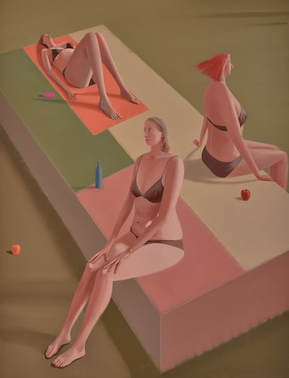
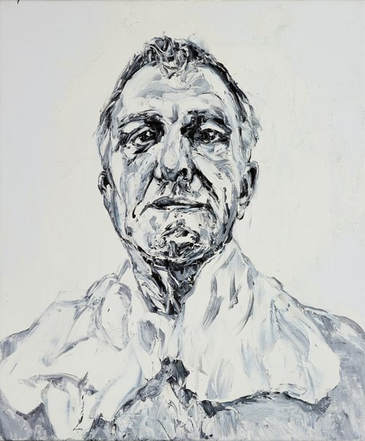
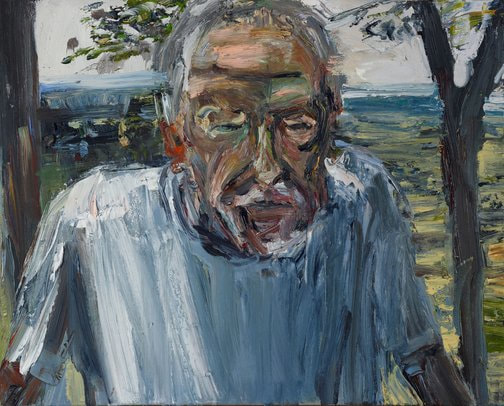
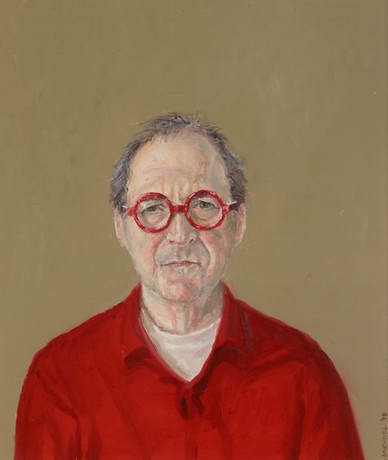
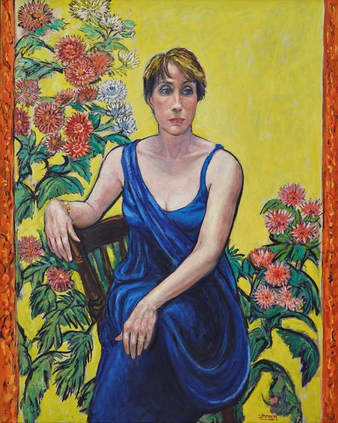
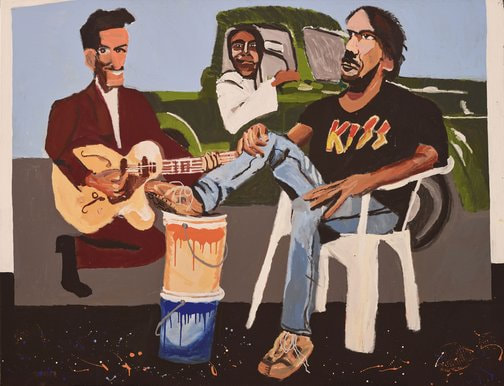
 RSS Feed
RSS Feed